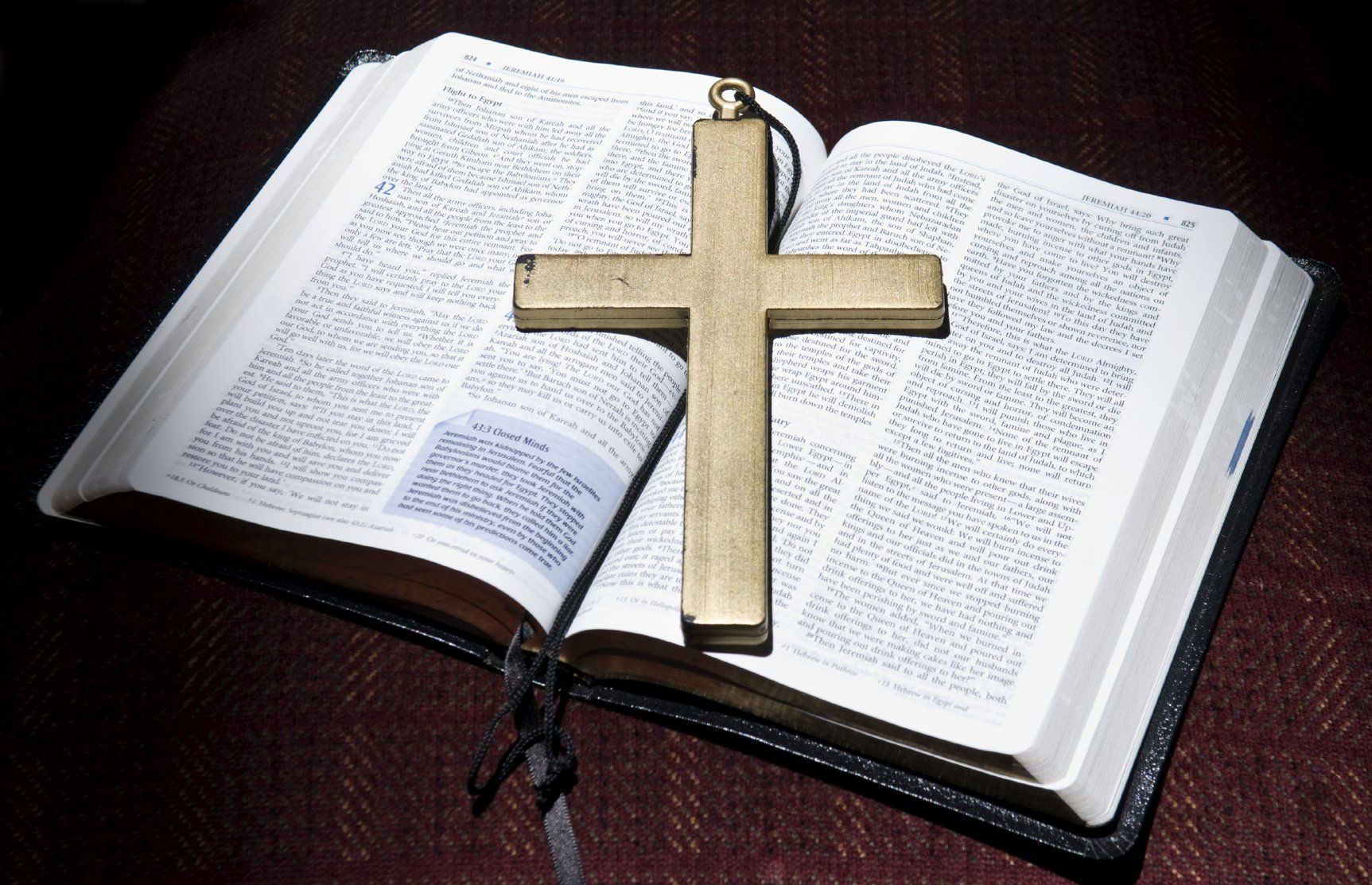The Church Groaning and Growing
"We're not in Kansas anymore, but where is the Yellow Brick Road?"
Many of us remember the little children’s ditty (with hand motions): “Here is the church. Here is the steeple. Open the doors and see all the people.” It is a reminder of days gone by, when church membership and attendance were surging; when “if you build it, they will come” actually was true; when Sunday Schools were teeming with children and youth groups roamed the landscape; when American religiosity was at an all-time high. This was the time when “in God we trust” became our official national motto (replacing the unofficial “E pluribus unum”) and “under God” was inserted in our pledge. It was a time of rapidly expanding middle class, a time when the concern for respectability included which church you joined, and of course the baby boomers (like me) became the largest generation in American history. Looking back, we may call them “the good old days,” but it is surprising how short-lived those halcyon days really were. Soon enough the nation was racked with racial strife, divided by wars in Korea and Vietnam, obsessed with nuclear annihilation (that we ourselves had unleashed), and committed to a global holy war against the minions of godless communism. Churches were not immune to the controversy, dividing themselves along social and political fissures. Presbyterian membership nationwide peaked at 4.2 million members in 1966. John Knox peaked at about 800 members fifteen years later.
Although the address is the same, we find ourselves at a very different place than in 1958 when our first building was erected with 200 members on the roll. The houses that surround us were then typical middle-class dwellings; now they are rental properties or “starter” homes. Then Marietta was the city and Atlanta an excursion, but now highways and interstates speed people away from their neighborhoods for work, entertainment, and recreation. The so-called nuclear family has given way to single parent households and a bewildering array of other domestic arrangements (of which same-sex couples are only one small example). A teenager today has less chance of being raised by both biological parents in America than anywhere else in the world. Boomers have proven to be less institutionally religious than their parents, and Millennials (born in the 1980s and 90s), only slightly less numerous than the Boomers, have deep reservations about joining anything. As Paul Taylor of Pew Research (The Next America) summarizes, “Our political, social, and religious institutions are weaker, our middle class smaller, our cultural norms looser, our public debate coarser, our technologies faster, our immigrant-woven tapestry richer, and our racial, ethnic, religious, and gender identities more ambiguous. As a society, we’ve become more polarized and more tolerant— and no matter what we’re like today, we’re going to be different tomorrow. Change is the constant.”
Like Dorothy we can see that “we’re not in Kansas any more,” but there is no yellow brick road to take us to the Promised Land. On Sundays, when we open the doors at John Knox, we see empty seats – and we are not alone. Half the Presbyterian churches nationwide have fewer members than we do. Across the country and across denominations, decline in membership and participation is the common experience, a few prominent mega-churches notwithstanding. Indeed, the fastest growing segment of our society is now the “nones,” that is, those who have no specific religious preference.
Every church would like to grow – and needs to grow to survive. The problem is that there are no easy or even complex “solutions,” no magic wand, no universal prescription, no tried-and true program that can be applied to our circumstance. Some have suggested that the secret to church growth is racial, social, and economic homogeneity; “birds of a feather flock together,” they say. Others insist that the first step to growth must be to downplay any denominational ties. Others, more radical, suggest that it is more efficient to close old churches and open new ones than to try and reinvigorate existing churches.
Our Session is beginning to explore what might be done, some specific course of action, some better way of communicating, drawing upon the expertise of some outside our fellowship, which will address our empty seats without compromising our sense of mission. We are not looking for a silver bullet to solve our problems, but a way of telling our story which may be compelling and inviting to some. We don’t know where this exploration will take us, but I do have several convictions as we embark: (1) The future of JKPC is in God’s hands. The church will be here as long as God has work for us to do. This is not an excuse to do nothing; just the opposite, we are called to be responsive to the mission God sets before us. (2) The mission to which we are called will have something to do with where we are situated, that is, serving the neighborhoods around our location. Our mission field is close at hand. And (3) our invitation will be more about joining us in the work we have than about providing services and programs to meet individual needs. Our growth strategy will involve recruiting some who find meaning in sharing our work rather than attracting those who are interested in receiving some benefit from us. Ours cannot be a sales pitch but rather an opportunity to participate in something important.
Where we will end up in all of this is anybody’s guess. It will certainly not be like JKPC vintage 1958 (or ’68 or ’78), but it doesn’t have to be. In the meantime, have you invited anyone to church this Sunday?
Fritz










